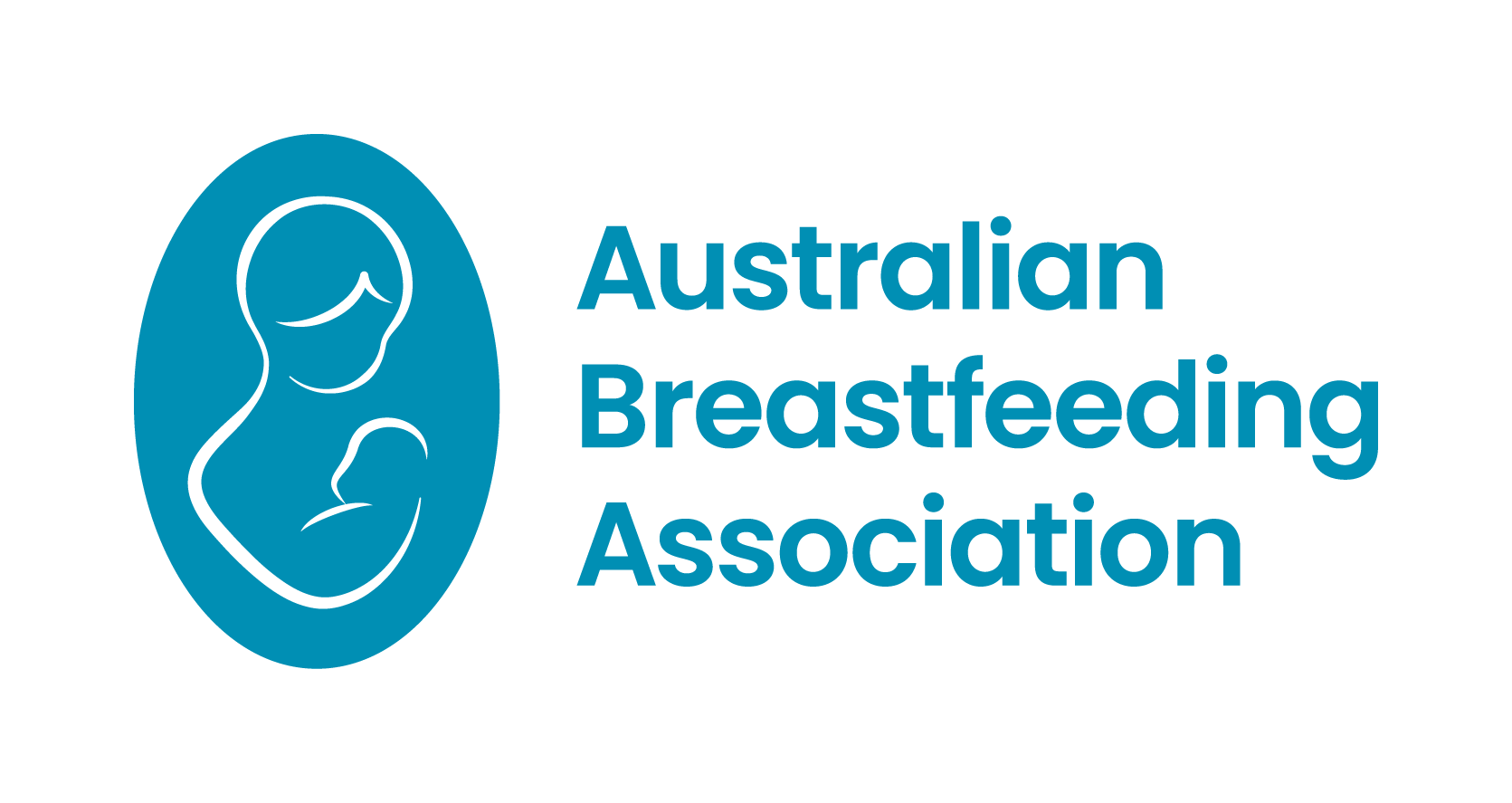How is the Microbiota Influenced by Breastfeeding? Anna Reeves, BA Health Science (Nutrition & Dietetics), Cert IV Breastfeeding Education
Despite the increased attention placed on understanding the role of the gut microbiome in human health, we are only beginning to understand how the infant gut microbiome is first established. Little is known about the variations in microbial communities in human milk across populations (Lackey et al., 2019). Very little is known about factors that influence variation in the milk microbiome, although the following have been identified as likely to be important: time postpartum, delivery mode, antibiotic use and maternal factors such as diet (including consumption of non-nutritive sweeteners (Olivier-Van Stichelen, Rother, & Hanover, 2019) and fibre intake (Çavdar, Papich, & Ryan, 2019)) (Hermansson et al., 2019).

